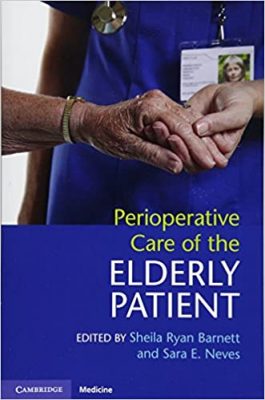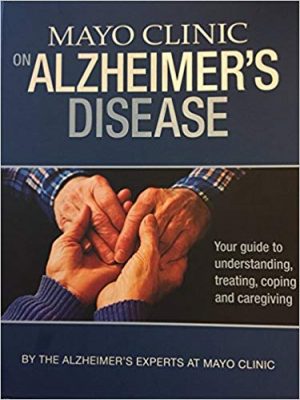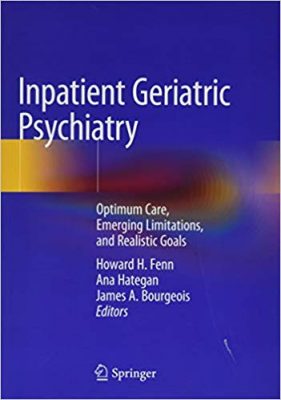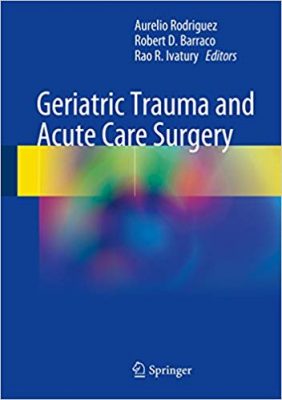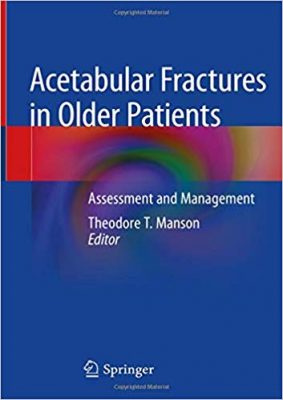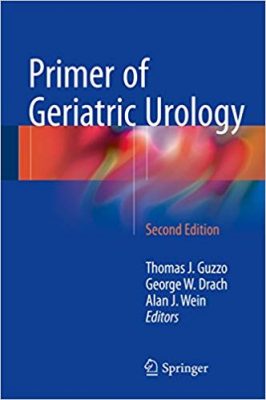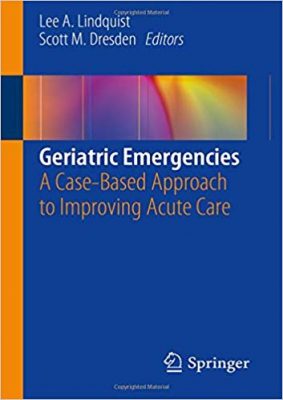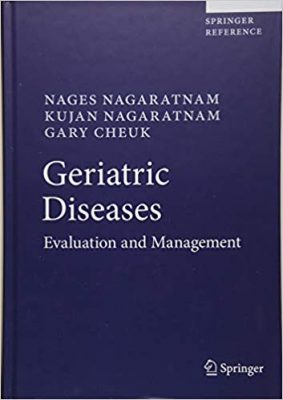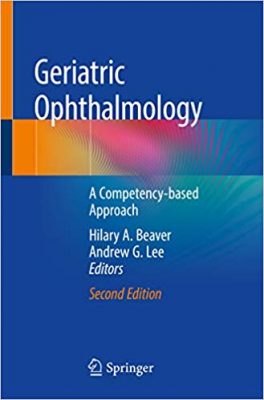Principles and Practice of Geriatric Surgery 3rd Edition
Principles and Practice of Geriatric Surgery 3rd Edition
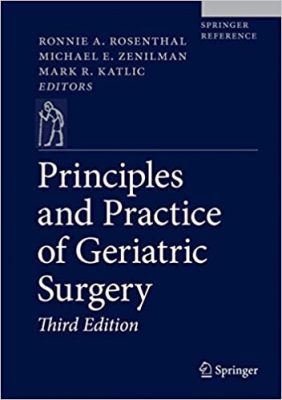
Principles and Practice of Geriatric Surgery 3rd Edition
This new edition builds upon the foundation of the first and second editions of the handbook, volumes separated by a decade of experience in the field, in a format that is both comprehensive and fluid. The combination of print and electronic versions will promote more rapid up-dating of chapters as new information appears. The Third Edition opens with general principles.
FOR MORE MEDICAL BOOKS AND TUTORIALS VISIT EDOWNLOADS.ME
The broad body of the volume encompasses diseases of the elderly and physiologic changes by system, as well as geriatric syndromes, perioperative management, and transitions of care into post-acute settings. The large concluding section is comprised of specialty-specific results of surgery in the elderly and suggested modifications recommended by experienced surgeons. Principles and Practice of Geriatric Surgery provides a comprehensive account that will allow all providers of healthcare to the elderly understand the issues involved in choosing surgery as a treatment option for their patients.
DOWNLOAD THIS BOOK

